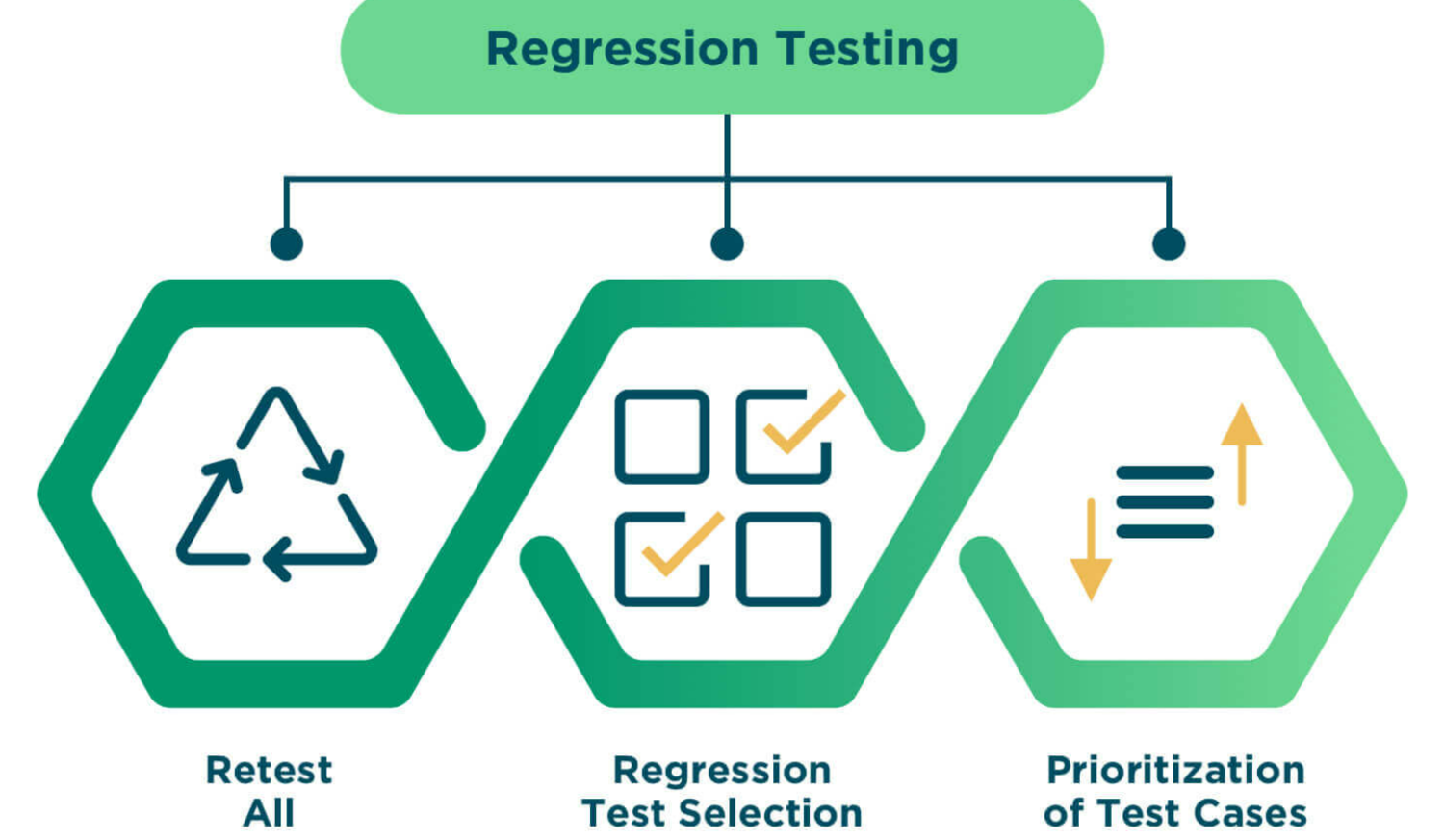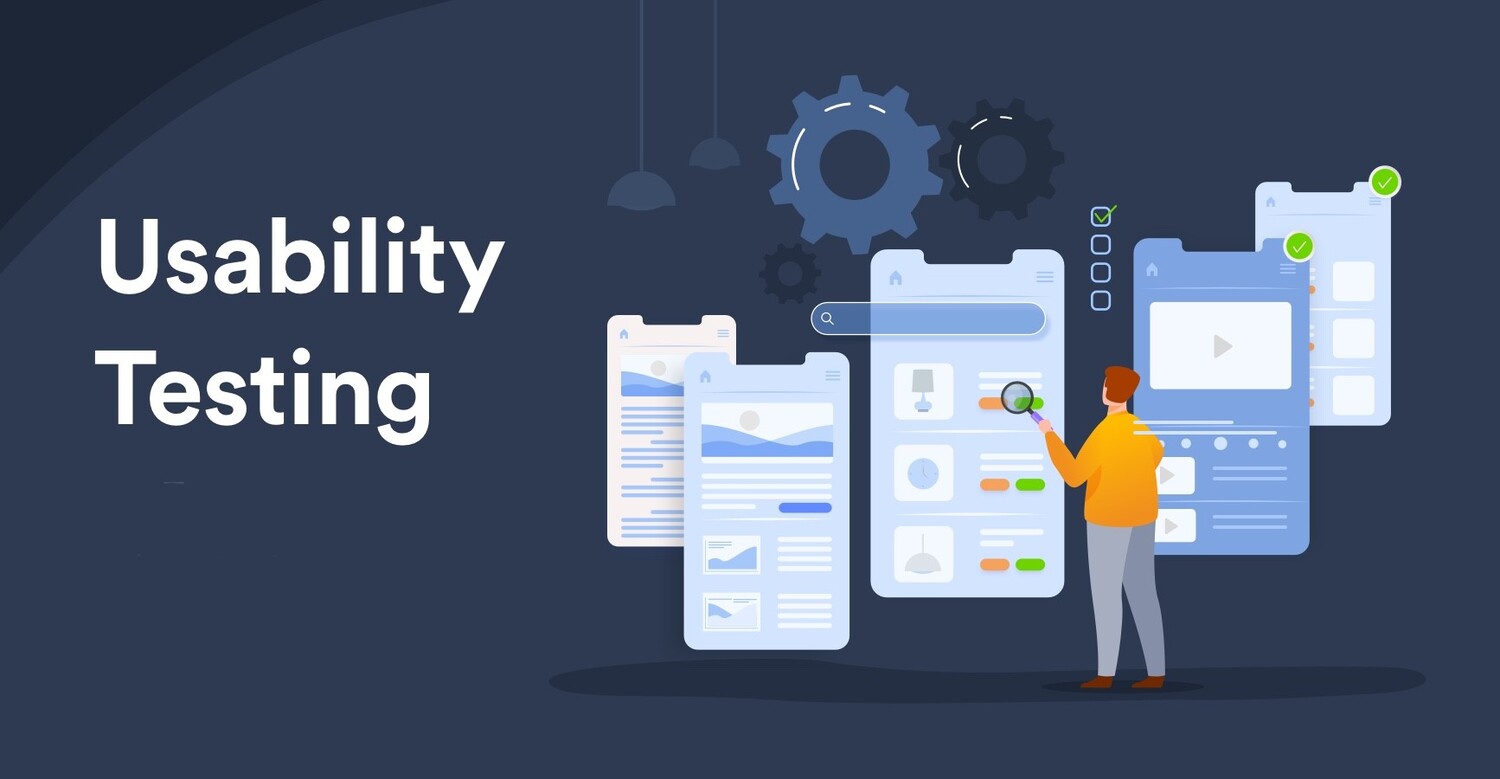Greetings from the UX-centric development world! This strategy prioritizes user experience and recognizes the role it plays in the development of contemporary products. The two significant players in this field are regression and usability testing.
These testing methods are not just fancy words. They are essential for developing items that customers appreciate. This paper explores the seamless integration of usability and regression testing in UX-centric development.
We’ll explain why these techniques are essential and how they affect the excellence of a user-focused product. Fasten your seatbelts as we investigate the potent relationship between testing and excellent user experiences.
See also: The Future Is Now: Exploring the Intersection of Web Design and Software
UX-Centric Development: Principles and Benefits
Every digital interaction is centered on the user experience (UX). Software is transformed from simple tools to user-friendly miracles by magic. Let’s look at the fundamentals of user experience and see how important it is to modern software projects.

The guiding concepts of user experience are design. They emphasize accessibility, clarity, and simplicity. Developers create user-friendly interfaces by valuing these guidelines. We have now reached the core of UX-centric development.
UX-centric development in the current technological environment; it is not an option. It involves creating with consumers in mind and continuously improving to meet their changing needs. It is here that automated regression testing is needed to ensure each update maintains its quality.
The automatic regression testing process plays a pivotal role in UX-centric development by systematically verifying that each software update meets consumers’ evolving needs and upholds the established principles of accessibility, clarity, and simplicity, ensuring a seamless user experience throughout the iterative development cycle.
Prioritizing user needs is a wise strategy, not just a fashion. Their fidelity turns into a motivating factor. This ultimately leads to a competitive edge and consistent growth.
Progress in software depends on providing practical, seamless experiences. We embrace improvement one user-centered design at a time by adopting UX-centric development.
Read also: 8 Best Crypto Podcasts to Listen to in 2024
Regression Testing in UX-Centric Development
Regression testing takes center stage in the world of UX-centric development. This crucial procedure ensures that improvements, bug fixes, or updates to a software program don’t accidentally damage already-existing functionality. The reason? is to keep the user experience fluid.

Regression testing enters this dance of software growth to guard against unanticipated setbacks. Consider it as your dependable partner in quality control. The safety net prevents accidental spillage of fresh paint onto areas of your digital canvas that were previously flawless. Difficulties do occur in this user experience realm.
Regression testing may struggle to keep up with the velocity of change, which includes designs that shift like dunes and upgrades that appear like spring flowers. It takes skill to navigate this dynamic environment. The first difficulty is the ongoing adaptation needed due to the dynamic design change.
Imagine that you have a preferred café. Your name, coffee order, and likely life story are all known by heart to the barista. Users look for consistency in their experiences. Regression testing in the context of the user experience faces a second problem: keeping the desired consistency even when the underlying systems shuffle like a deck of cards.
See also: What are the Pros and Cons of Internet Censorship?
Usability Testing: Ensuring User-Centric Design
Usability testing, a crucial component of UX-centric projects, will then take the stage. Its objective is to ensure that anything you’ve produced is practical and easy to utilize. It’s a website, app, or software, usability testing puts your invention in the hands of actual consumers.

They offer priceless advice. Why is this important? It’s similar to baking a cake, I guess. Something is wrong if the cake tastes like cardboard despite having the necessary ingredients and following the recipe strictly.
Usability testing determines whether the cake is aesthetically pleasing and delicious. The techniques included in this testing toolset are various now. Consider user surveys and interviews as your go-to sleuths.
They uncover preferences, insights, and pain spots. Your quiet observer, user behavior analysis, appears. It keeps track of users’ movements and stumbles. User testing sessions are like the big reveal, which brings us to our final point. Your creation is put to the final test as users take the stage.
Read also: What Is Data Deduplication? Benefits and Use Cases
Integrating Regression Testing and Usability Testing
Regression and usability testing are two titans. Their synergy is evident together. Your digital masterpiece’s stability is ensured by regression testing, and its usability is verified by usability testing to guarantee it’s not simply a pretty face. This dynamic couple emphasizes collaboration above simple coexistence.
The goal is to make usability testing an integral part of your regression testing cycles. It makes sense to kill two birds with one stone. By integrating both systems, you can maximize efficiency. Let’s discuss automation. Automation gives a helping hand in the flurry of contemporary progress.
The manual labor involved in verifying the responsiveness of your interface is eliminated by automated UI testing. You can use various screens and browsers with your project thanks to cross-device and cross-browser testing. Automation isn’t just a catchphrase; it’s a valuable strategy to ensure everything goes smoothly.
Read also: Difference Between Centralized vs. Decentralized vs. Distributed Blockchain
FAQs
What is usability testing in UX?
In short, Usability testing evaluates a product or service by testing it with representative users.
What is the difference between UX testing and usability testing?
While user testing primarily aims to understand users' needs and problems and evaluate how your product appeals to them, usability testing focuses on assessing its functionality and ease of use.
What is UX regression?
UX regression, a step back in the quality or usability of an application or Web site's user experience, can occur whenever a design diverts from an existing workflow because of a technology or design change.
Why is usability testing important in UX?
Usability testing in UX allows you to validate at a fundamental level whether your product is feasible. It also enables you to determine potential issues, so you can make better product decisions and iterate on changes quickly.
Is regression testing agile?
In agile, testing needs to develop with each sprint, and testers must ensure that new changes do not affect the application's existing functionality.
Final Verdict
So, let’s not overlook the conductor in this symphony of software creation: the user. The secret is to approach UX-centric development holistically. It’s about giving users their requirements and need, not wowing them with technological feats of strength.
Also, let’s create engaging digital experiences by fusing functionality with refinement. Let’s highlight the importance of user pleasure in this intersection between technology and humans.
Check this out: 11 Best Instagram Growth Services to Boost Your Followers

Benjamin Mayo: Blogger covering Apple news, rumors & insightful product reviews. Professional indie iOS developer & contractor, creating apps.

